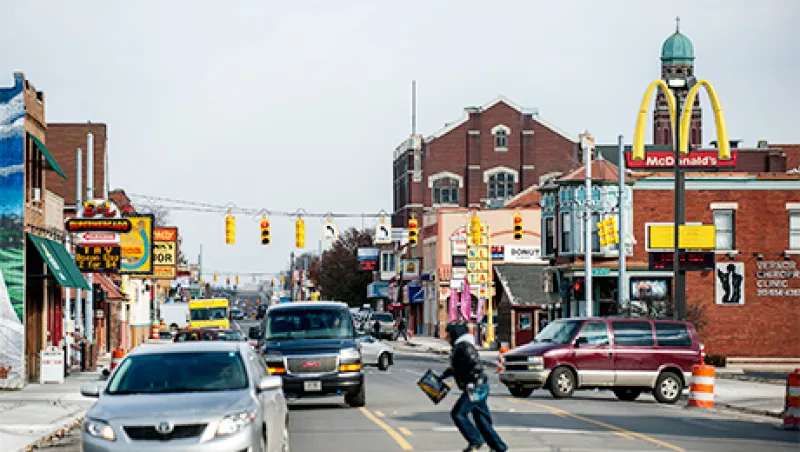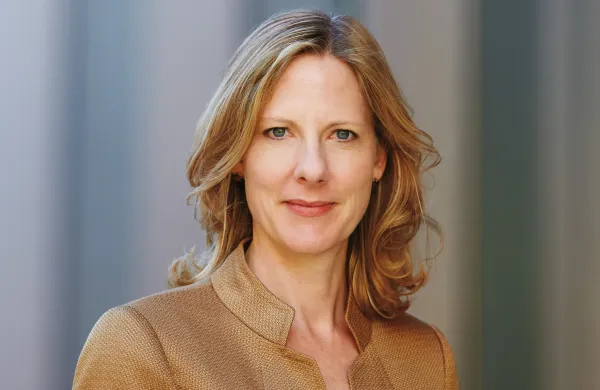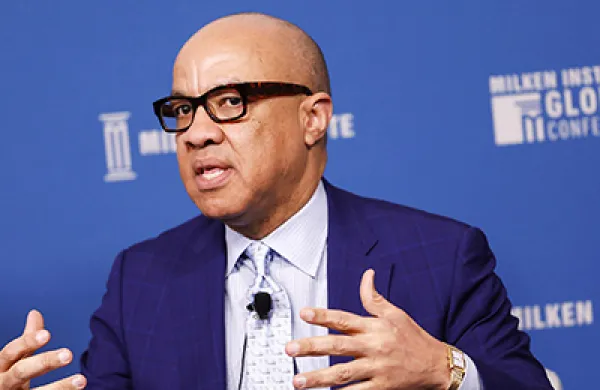Over the past decade a quiet revolution has been taking place in philanthropy. Now its effects are starting to creep into the investment offices of foundations and endowments, as well as the boardrooms and investment advisory businesses of banks and other financial market participants. Among the key players leading the charge: the U.S. Federal Reserve.
This week the Federal Reserve Bank of San Francisco published a new book, along with the Nonprofit Finance Fund, titled What Matters: Investing In Results to Build Strong, Vibrant Communities . The book makes the case that philanthropy should be focused on outcomes, not outputs — in other words, what the overall effect of a program is, rather than whether a certain initiative achieves its prescribed mandate. This could mean in the case of, say, a homeless shelter, a shift from counting beds occupied (an output) to helping homeless people get off the streets and into full-time housing, as well as tackling the underlying cause of their homelessness (an outcome). A growing number of not-for-profits and their leaders, key among them Darren Walker, president of the Ford Foundation, are advocating for this type of approach to both grant giving and investing in social problems.
“The challenge for philanthropy is that we have to interrogate the way we do business,” Walker said, speaking this week at the Federal Reserve Bank of New York in downtown Manhattan at an event organized to introduce the new book.
Andrew Plepler, global head of ESG (environment, social responsibility and corporate governance) at Bank of America, said at the event that giving back to the community and interest in community investing have gone from a corporate responsibility function to a business interest.
“Institutional investors start tracking it as a proxy for good management,” he said. For banks today, he said, supporting community-based initiatives and other social and environmental priorities such as climate change is “enlightened self-interest.”
On the surface, this change in philanthropy might not appear to have much to do with the Federal Reserve — but it does, in part because of the Community Reinvestment Act. Passed in 1977, the legislation stipulates that banks that are covered by the Federal Deposit Insurance Corp. must allocate a portion of their capital to investing in the communities in which they operate, including low- and mid-income communities. The financial crisis of 2008 increased the number of institutions subject to the Community Reinvestment Act after banks such as Goldman Sachs and Morgan Stanley were forced to become deposit-taking institutions.
Another reason why these changes matter to for-profit actors is money. That’s because an outcomes-based approach to tacking social problems is more easily adapted into investment opportunities.
“The time is ripe for a new type of collaboration,” writes former Massachusetts governor Deval Patrick, who joined Bain Capital in 2015, in the book’s foreword. “Business has a role — and a profitable one at that.” Last year Patrick launched the Bain Capital Double Impact fund, a private equity fund focused on achieving market rate returns and having a social or environmental impact.
In 2014 JP Morgan Chase & Co. announced a $100 million commitment to inner-city Detroit. The city — blighted by poverty, a lack of jobs, and massive pension debts — had filed for bankruptcy in 2013. This May JP Morgan announced that its investment had been so successful it was upping its commitment to $150 million by 2019. The bank has made clear it sees its $150 million commitment as an investment, not a gift.
Banks are now starting to do more than just commit their own balance sheets to community investing. There is, in particular, a demand from wealthy individuals who want to invest in ways that make money but also have good social and environmental out comes, an approach that has been termed impact investing.
“The interest in impact investing is enormous,” says Plepler. Bank of America has $15 billion of its wealth management assets invested in what it identifies as impact investing.
At Ford, Walker has been leading a charge to get his $12.5 billion foundation to commit some of its investment dollars to impact investing in projects aligned with the foundation’s core mission of social justice. Walker’s efforts are starting to have some effect; in March, Ford announced that it would be committing $1 billion of its endowment to impact investing.
One core group for which community-based investing may increasingly have some appeal is hospitals. Tyler Norris, a former vice president of total health partnerships at Kaiser Permanente, coauthored a chapter in the San Francisco Fed’s book on health care in the community. Speaking at the New York Fed event, Norris, who is now the chief executive of the Oakland, California–based not-for-profit Well Being Trust, urged stakeholders to encourage hospitals to invest their endowment assets into developing more healthy communities.






